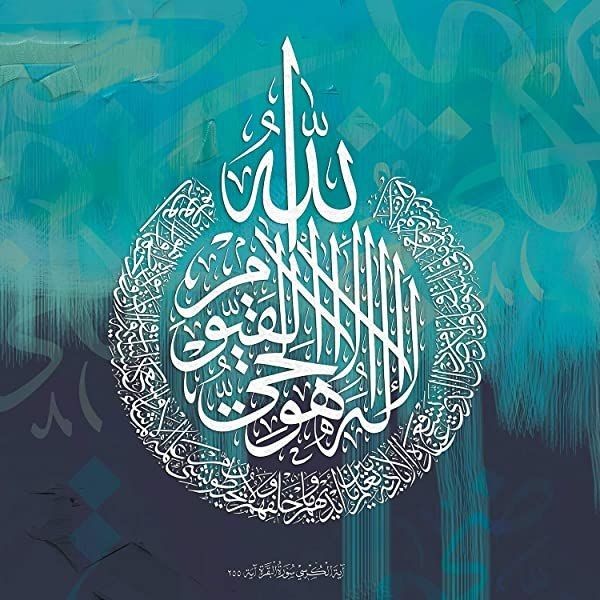Calligraphy is an ancient and revered art form that has been practiced throughout the world for thousands of years. While the importance of calligraphy has waned in many cultures, it remains a vital and respected tradition in Arabic culture. Arabic calligraphy is unique in that it elevates the written word to a sacred level, treating it as a work of art.
The enduring popularity of Arabic calligraphy is due to a combination of factors. One of the main reasons is the expansion of the Islamic civilization, which encompasses a wide range of cultures from Africa, Asia, and Europe. Each of these cultures has made its own unique contributions to the development of Arabic calligraphy and its master calligraphers.
Another reason for the continued relevance of Arabic calligraphy is the early interest in communication across the vast expanse of the Islamic civilization. Many artists and scientists used Arabic scripts to disseminate their work, which helped to popularize the art form.
The development of Arabic calligraphy was not a linear process. Over time, a wide variety of scripts emerged and fell in and out of popularity in different regions such as Damascus, Baghdad, Morocco, and Spain. One of the earliest and most widespread scripts was Kufic, named for the city of Kufah in Iraq. It was used from the 7th to the 11th century, but it was relatively unrefined in comparison to later scripts.
During the “Golden Age” of calligraphy which began around 1000 BC and lasted until the middle of the 13th century, Arabic calligraphy underwent a period of systematization. As Islamic civilization continued to spread and evolve, different scripts emerged in different regions, such as Kufi, Thuluth, Naskh, Muhaqqaq, Riqa’a, and Tawql in Iraq, Baghdad, and Cairo. In Persia, the Ta’aleeq script was developed and eventually combined with the Nask script to form the Nesta’sleeq.
The evolution of Arabic calligraphy continued through different dynasties and empires, such as the Ottoman reign in Istanbul, Turkey. During this period, more complex scripts appeared, such as Diwani, Jeli Diwani, Tughra’a, and Siyaqat.
To learn more about Arabic culture and its rich history, consider taking a course from Arabian Tongue, which offers online Arabic and Quran courses. You can apply for a free trial now to get started.
Recommended reading:


